
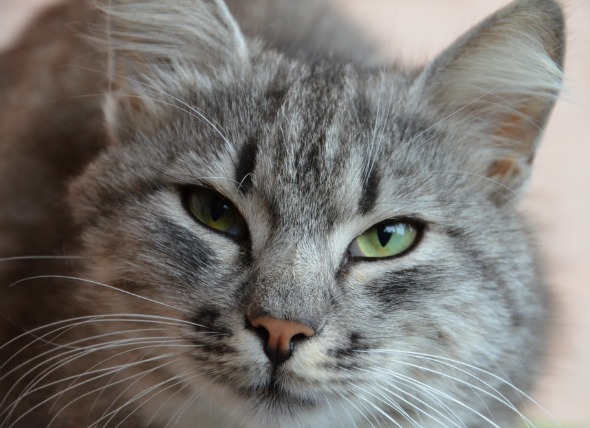
The respiratory system has many parts, including the nose, throat (pharynx and larynx), windpipe, and lungs. Air comes in through the nose and is then carried down into the lungs, through a process referred to as inspiration. In the lungs, the oxygen is transferred to the red blood cells. The red blood cells then carry the oxygen to other organs in the body. This is all part of the physical process of a healthy body.
While oxygen is being transferred to the red blood cells, carbon dioxide is transferred from the red blood cells into the lungs. It is then carried out through the nose through a process referred to as expiration. This cyclic motion of breathing is controlled by the respiratory center in the brain and nerves in the chest. Diseases that affect the respiratory system, or the respiratory center in the brain, can bring about breathing difficulties. Troubled or labored breathing is medically referred to as dyspnea, and excessively rapid breathing is medically referred to as tachypnea (also, polypnea).
Breathing difficulties can affect cats of any breed or age, and the problem can quickly become life threatening. If your cat is having problems with breathing it should be seen by a veterinarian as soon as possible.
Difficulty Breathing (dyspnea)
Fast breathing (tachypnea)
Panting
Other symptoms, depending on the cause of the breathing problem
Dyspnea
Tachypnea (fast breathing)
Panting
If your cat is having difficulty breathing, this can be a life threatening emergency. It is important to have your cat seen by a veterinarian as soon as possible. You will need to give a thorough history of your cat's health, onset of symptoms, and possible incidents that might have preceded this condition. During the examination, the veterinarian will carefully observe how your cat breathes, and will listen to its chest for evidence of a heart murmur or fluid in the lungs. Your cat's gum color will be carefully evaluated as well, since the color of the gums can indicate whether oxygen is being delivered to the organs (hypoxemia) effectively, or if it there is a low red blood cell count (anemia). Your veterinarian may try to get your cat to cough by pressing on its windpipe. If your cat is having extreme difficulty breathing, the veterinarian will give your cat oxygen to help it breathe before doing any more tests.
Standard tests include a complete blood count, biochemical profile, and urine analysis. These will help your veterinarian to determine if your cat has an infection or a low red blood cell count. They will also show whether your cat's internal organs are functioning normally. Your veterinarian will also draw a sample of blood to test the amount of oxygen and carbon dioxide in your cat's blood. This will help to determine how severe your cat's breathing difficulty is and whether the problem is in the lungs or somewhere else in the chest. Your veterinarian may also draw blood for a heartworm test. Other diagnostic tools that may be used are X-ray and ultrasound images of the chest, both to examine for an enlarged heart that can lead to heart failure, and to see if the lungs appear normal. The internal structure of the abdomen may also be examined using this method. If there appears to be an accumulation of fluid in the chest, lungs or belly, some of that fluid will be drawn off for analysis.
If your cat does appear to have a heart problem, your veterinarian may also order an ECG (electrocardiogram) to measure the rhythm and electrical activity of the heart, both of which determine the heart's ability to operate normally. If your cat's problem is in its nose or airways, a small camera called an endoscope may be used to get a closer look at these areas. These procedures are known as rhinoscopy and bronchoscopy, respectively. While your veterinarian is examining your cat with the endoscope, samples of fluid and cells may be taken for biopsic analysis.
Treatment will depend on the final diagnosis your veterinarian makes for your cat's breathing problems. Most breathing problems require admittance into a hospital until the inability to take in sufficient oxygen has been resolved. Your cat will be given oxygen to help it breathe and to get oxygen to its organs, and medications may be given, either by mouth or intravenously (IV), to help your pet breathe. The prescribed medication will be dependent on the cause of the breathing problem. Your cat's activity will be restricted until the breathing problem is resolved or greatly improved. Cage rest may be an option if you have no other way of restricting your cat's movement, and protecting your cat from other pets or active children is an important part of the recovery process.
Once your cat is able to return home with you, it will be very important to follow your veterinarian’s instructions closely. Dispense all of the medications as directed, and stay to the scheduled follow-up progress checks with your veterinarian. Your veterinarian will repeat many of the tests that were done when your pet was diagnosed: complete blood counts, biochemical profiles, and chest x-rays. All are important in determining how your cat is responding to treatment.
Depending on your cat's problem, its activity level may need to be reduced for the rest of its life. Your cat may need to be on medication for the rest of its life, too. If you notice any changes in the way your cat is breathing, it is important to consult with your veterinarian immediately.
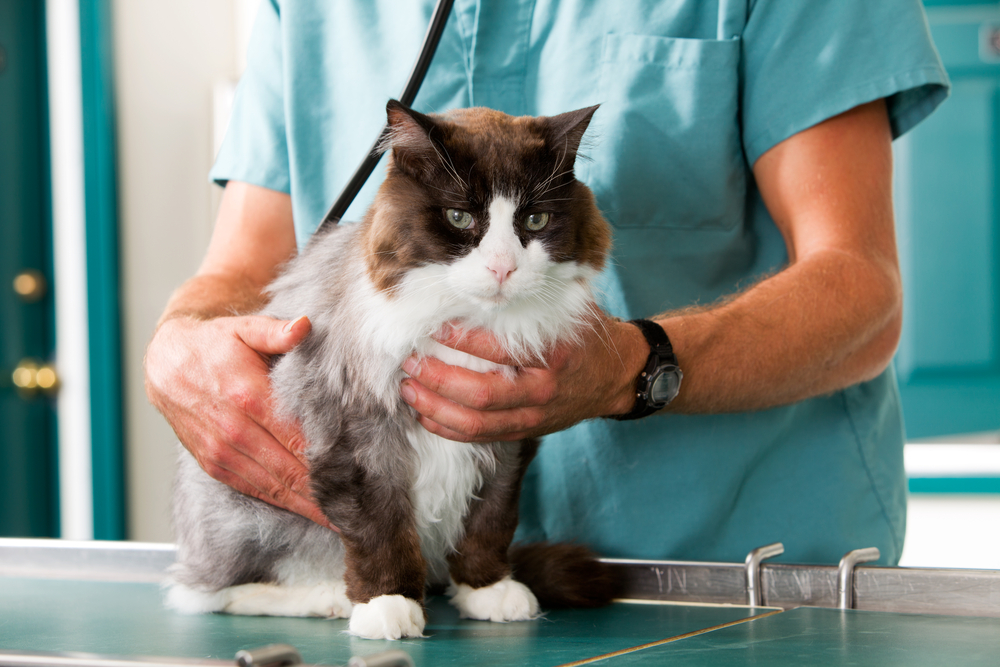 Lack Of Digestive Enzymes in Cats
Exocrine Pancreatic Insufficiency (EPI) in Cats
E
Lack Of Digestive Enzymes in Cats
Exocrine Pancreatic Insufficiency (EPI) in Cats
E
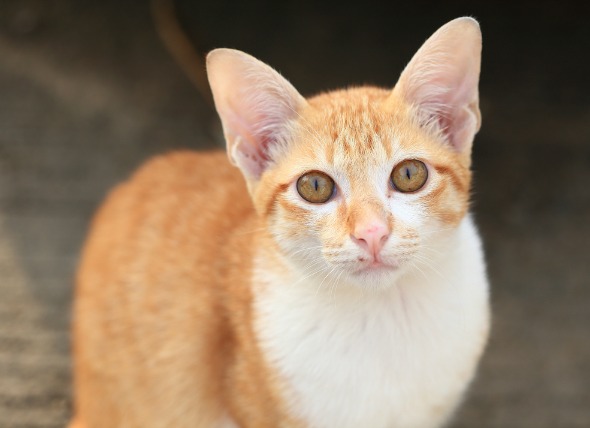 Brain Tumors in Cats
While brain tumors in cats remain fairly uncommon
Brain Tumors in Cats
While brain tumors in cats remain fairly uncommon
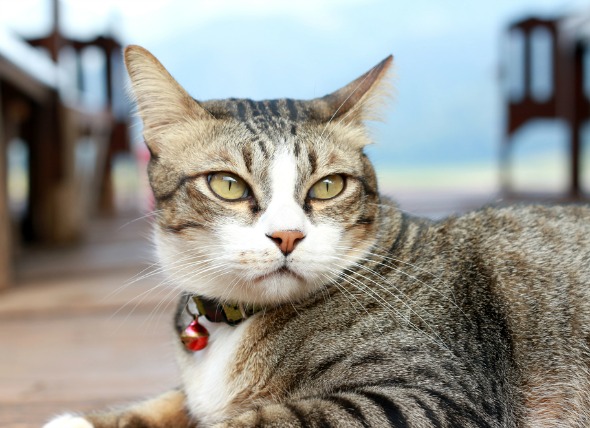 Urinary Tract Stones (Struvite) in Cats
Urolithiasis is a medical term referring to the presence
Urinary Tract Stones (Struvite) in Cats
Urolithiasis is a medical term referring to the presence
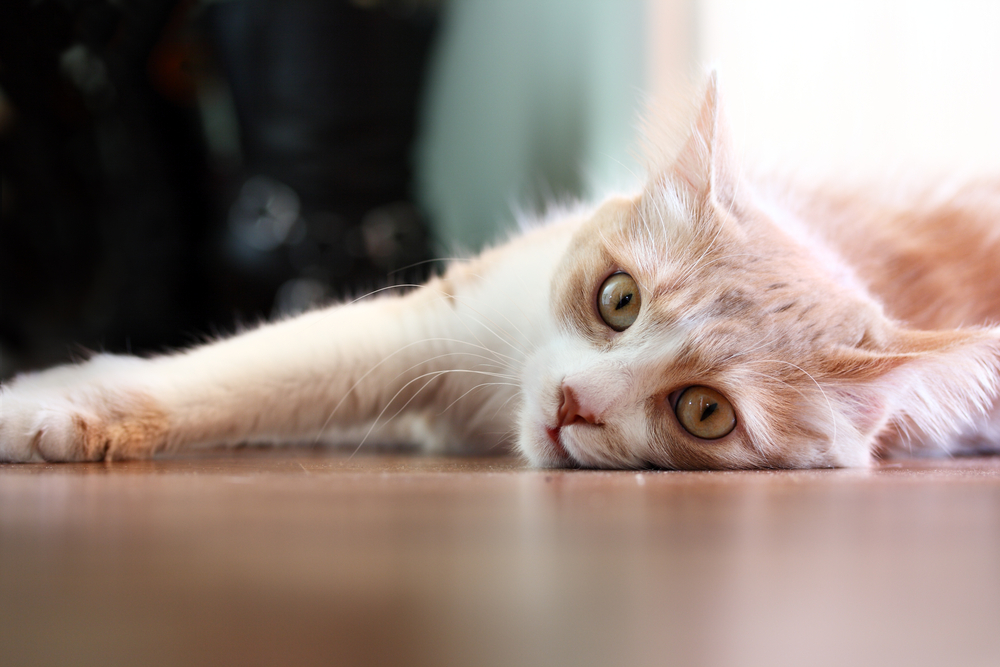 Intestinal Tumor (Leiomyoma) in Cats
Leiomyoma of the Stomach, Small, and Large Intestine in
Intestinal Tumor (Leiomyoma) in Cats
Leiomyoma of the Stomach, Small, and Large Intestine in
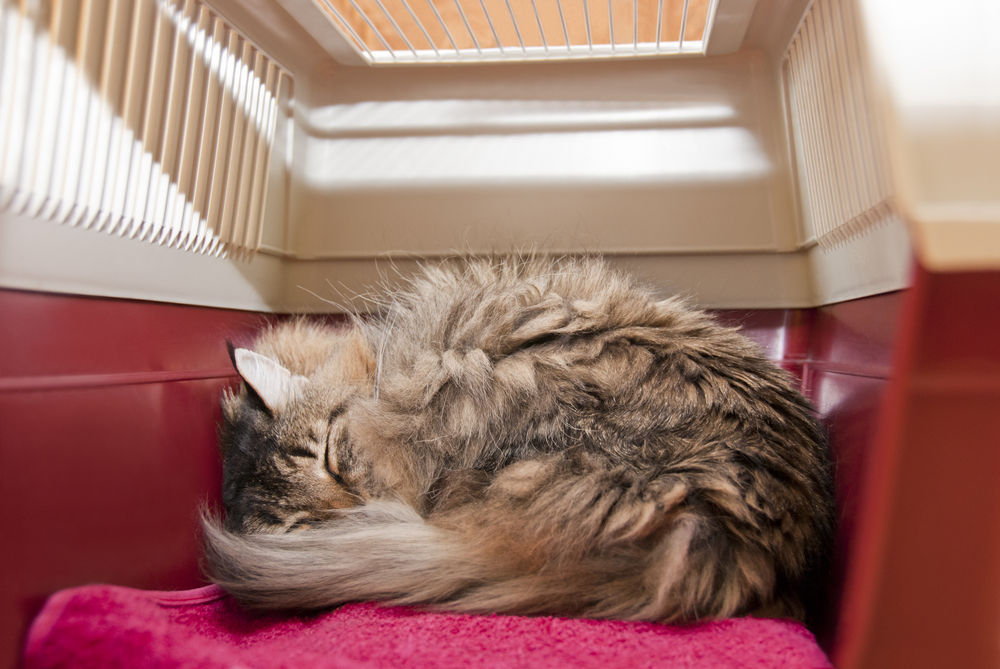 Acne in Cats
Acne in Cats
Cat acne is found almost exclusively on the
Acne in Cats
Acne in Cats
Cat acne is found almost exclusively on the
Copyright © 2005-2016 Pet Information All Rights Reserved
Contact us: www162date@outlook.com